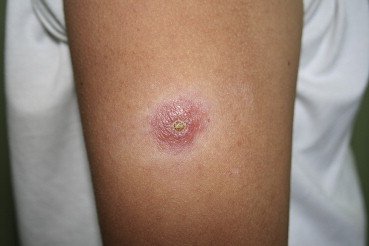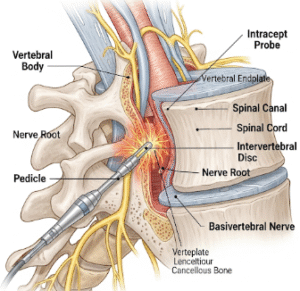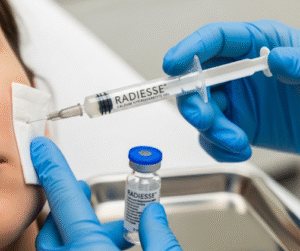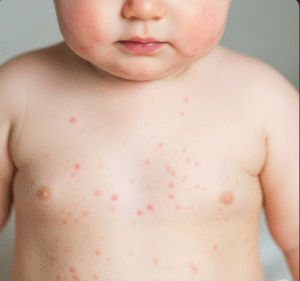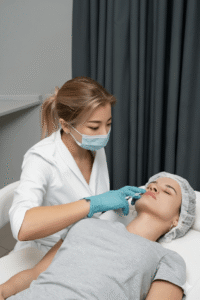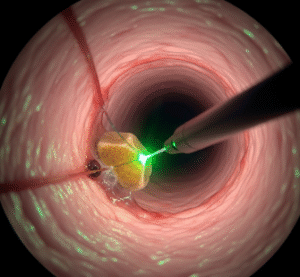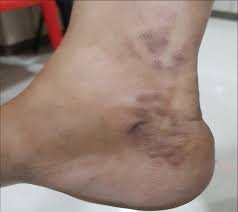Overview
Cutaneous Leishmaniasis is a skin infection caused by protozoan parasites of the genus Leishmania, transmitted through the bite of infected sandflies. It primarily affects the skin, causing sores, ulcers, or lesions, and while rarely life-threatening, it can result in scarring and social stigma. In Korea, cases are mostly imported from endemic regions such as the Middle East, South America, and parts of Africa. Korean medical centers provide diagnostic and treatment services for travelers and residents affected by the disease.
What is Cutaneous Leishmaniasis?
Cutaneous Leishmaniasis is a parasitic infection localized to the skin. After a sandfly bite, the parasites invade skin macrophages, leading to ulcerative lesions. The disease does not typically affect internal organs, distinguishing it from visceral leishmaniasis.
Symptoms
- Red, raised bumps at the site of the sandfly bite
- Slowly enlarging ulcers with central crater-like appearance
- Pain is usually mild, but itching or tenderness may occur
- Lesions can persist weeks to months without treatment
- Secondary bacterial infections may develop
Causes
- Bite from an infected sandfly
- Parasites of the genus Leishmania (e.g., L. major, L. tropica)
- Imported cases from endemic regions
Risk Factors
- Travel to endemic areas (Middle East, South America, parts of Africa)
- Outdoor activities in rural or forested regions
- Lack of protective clothing or insect repellents
- Weakened immune system
Complications
- Permanent scarring or disfigurement
- Secondary bacterial infection of skin lesions
- Rarely, progression to mucocutaneous leishmaniasis if untreated
- Psychological impact due to visible lesions
Prevention
- Use insect repellents containing DEET or picaridin
- Wear long sleeves, pants, and protective clothing in endemic areas
- Sleep under insecticide-treated nets
- Avoid outdoor exposure at dusk and dawn when sandflies are most active
- Early medical consultation after suspicious insect bites
Treatment Options in Korea
South Korea provides specialized care for imported cutaneous leishmaniasis, combining infectious disease expertise, dermatology, and laboratory diagnostics:
- Diagnosis
- Skin biopsy or scraping for microscopy and PCR testing
- Culture of the parasite if needed
- Blood tests to assess general health
- Medications
- Pentavalent antimonials (e.g., sodium stibogluconate)
- Liposomal amphotericin B for resistant cases
- Oral miltefosine in certain scenarios
- Topical therapies for small, localized lesions
- Procedures
- Lesion debridement or cryotherapy for select cases
- Careful wound management to prevent secondary infection
- Supportive Care
- Pain and itch management
- Counseling for cosmetic concerns and scar care
- Regular follow-up to monitor treatment response
- Travel Advisory & Prevention Guidance
- Provided by KCDC travel clinics
- Pre-travel consultation for individuals visiting endemic countries

